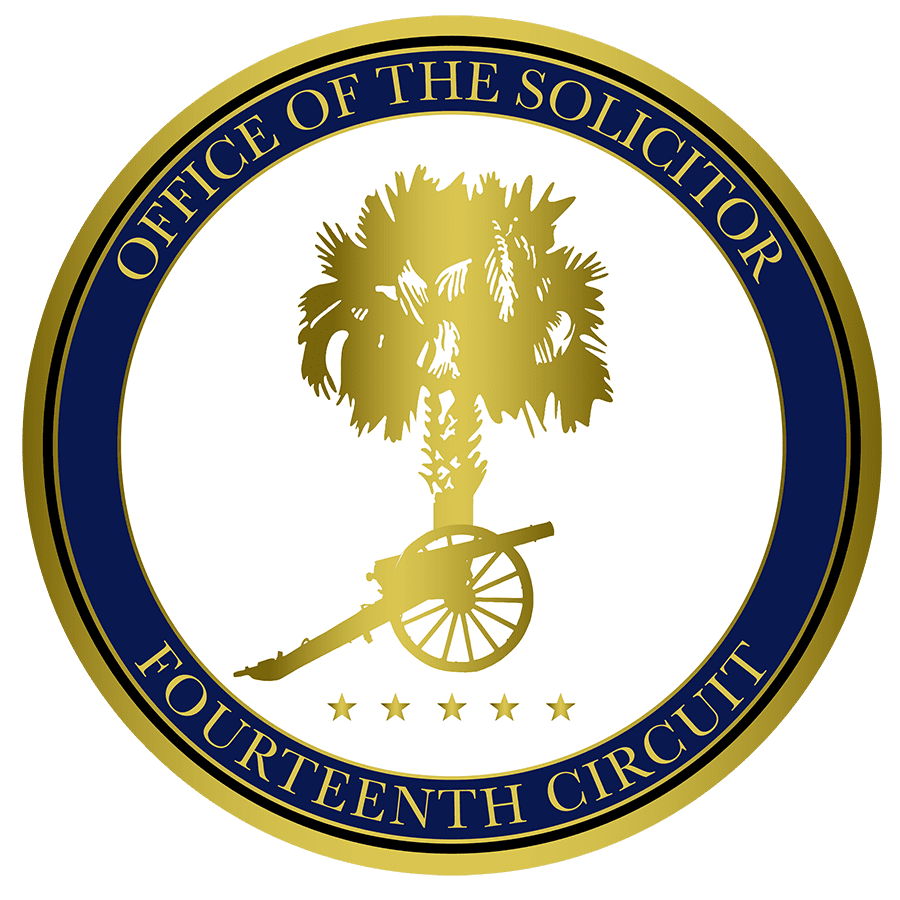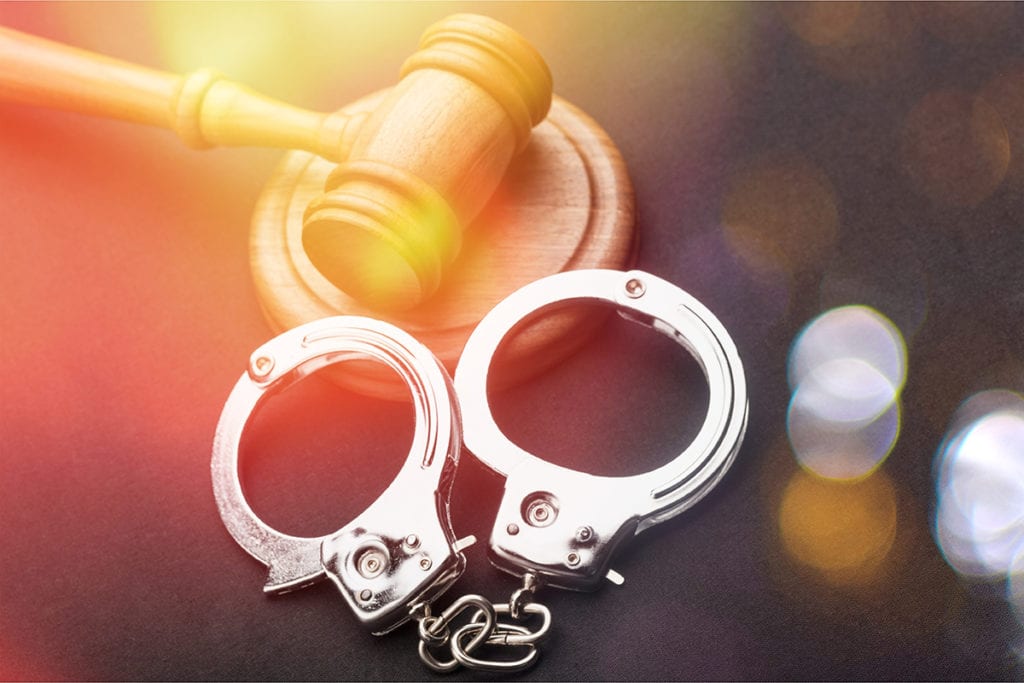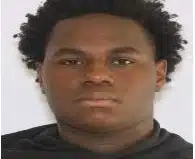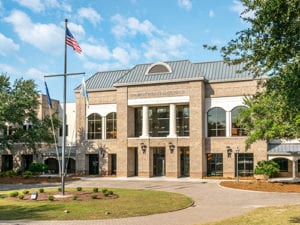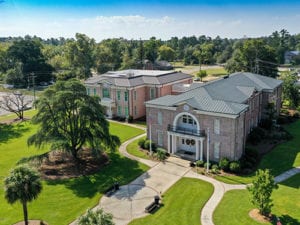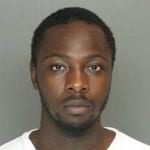
The last indicted member of the Cowboys gang, a violent street gang that originated in “Eastside” area of Walterboro was sentenced today to 20 years in prison in federal court in Charleston.
Dashawn Trevell Brown, aka TOB and Shawny, 24, of Walterboro, South Carolina, was sentenced to 20 years in prison by U.S. District Court Judge David C. Norton. Norton sentenced Brown to three years of supervised release following his prison sentence, and restitution for victims injured as a result of his criminal activity.
The case was prosecuted by Special Assistant U.S. Attorney Tameaka A. Legette from the Fourteenth Circuit Solicitor’s Office and Trial Attorney Leshia Lee-Dixon of the Criminal Division’s Organized Crime and Gang Section.
Brown was a member of the Cowboys gang, a violent street gang that originated in the “Eastside” area of Walterboro. Members of the Cowboys show their allegiance by wearing red, white, and blue clothing, and carrying rags in these colors, including depictions of the American flag.
Further, members of the Cowboys greet each other and show their membership in the gang using a set of hand-signs intended to evoke the shape of a “b.” This hand sign also shows an affiliation with the “Bloods” gang. Members of the Cowboys also show allegiance to the gang by having the words “Cowboy(s)” or “GMC” tattooed to some part of their body. The Cowboys gang was also, for a time, aligned with another violent street gang called the “Wildboys,” that originated out of the Green Pond area of Walterboro.
In addition to sharing a common interest in posting threats, firearms, large amounts of cash, and what purported to be narcotics on Facebook and YouTube, Cowboys and Wildboys shared common enemies. These shared interests resulted in shootings, aimed at rival gang members, which left innocent by-standers seriously injured.
Brown was sentenced for his role in four shootings committed on behalf of his membership as a Cowboys. On May 12, 2011, after an encounter with an individual believed to be a member of a rival gang, Brown fired shots at the victim. The shooting occurred because of an on-going dispute between the Cowboys and the rival gang. Brown was identified by witnesses to the shooting. As a result of this, a retaliatory shooting occurred on May 14, 2011, during which, another innocent bystsander was shot and seriously injured. Brown was also identified as having fired shots during this incident.
Second, Brown was sentenced for his role in a June 30, 2013 shooting in the Druid Hills areas of Walterboro. Brown, who was in a vehicle occupied by two other members of the Cowboys, participated in a drive-by shooting of individuals believed to be members of a rival gang. Brown, who fired shots resulting in injuries to the victim’s arm, days later encountered the victim and told him, “I should have killed you.”
Third, Brown was sentenced for his role in the July 14, 2013 shooting at the Starlite Lounge in St. George. Brown, and other members of the Cowboys, attended a party at the lounge while dressed in Cowboys colors, including displays of red, white, and blue bandanas. While members of the Cowboys were on stage, members of the Cowboys exchanged words with a patron. After they believed they were disrespected by the patron, members of the Cowboys left the club and waited outside. As individuals began to leave the club, Brown and at least four other members of the Cowboys fired guns toward those coming out of the club. As a result of the shooting, at least three victims were shot and injured.
Lastly, Brown was sentenced for his role in a Nov. 6, 2015 attempted murder. Brown, along with co-defendants Khiry Broughton and Quintin Fishburne, attended a drag race outside of Walterboro. After bets were placed, Broughton questioned the results of the race and demanded the winnings, which were held by one of the race drivers. Broughton decided to rob the winner of the race and in so doing retrieved a backpack containing firearms from Fishburne’s vehicle. Broughton provided the firearms to Brown and other members of the Cowboys. After the winner refused to provide the money, the winner and another innocent bystander were shot and severely injured.
After the shooting occurred, Fishburne, who transported Brown and Broughton, drove Brown and Broughton from the scene to avoid apprehension by the police. Khiry Broughton, Clyde Naquan Hampton, Matthew Rashuan Jones, William Lamont Cox, Bryant Jameek Davis, Zaquann Ernest Hampton, Christopher Sean Brown, and Quintin Fishburne were all sentenced in November for their roles in criminal activity related to the Cowboys.
Since the beginning of this year, the Department of Justice has secured more than 1,260 convictions against gang members.
The announcement was made by Acting Assistant Attorney General John P. Cronan of the Justice Department’s Criminal Division; Special Agent in Charge C.J. Hyman of the Bureau of Alcohol, Tobacco, Firearms and Explosives (ATF) Charlotte, North Carolina Field Division; Solicitor Duffie Stone of the 14th Judicial Circuit; Solicitor David Pascoe of the First Circuit; Sheriff R.A. Strickland of the Colleton County, South Carolina Sheriff’s Office; Chief Wade Marvin of the Walterboro, South Carolina Police Department; Sheriff Al Cannon Jr. of the Charleston County, South Carolina Sheriff’s Office; Sheriff L. C. Knight of the Dorchester County, South Carolina Sheriff’s Office; Chief Jon Rogers of the Summerville, South Carolina Police Department; Director Jerry Adger of the South Carolina Department of Probation, Parole and Pardon Services; and Chief Mark Keel of the South Carolina Law Enforcement Division.
The case was investigated by the ATF Charleston, in partnership with the Walterboro Police Department; Colleton County Sheriff’s Office; Charleston County Sheriff’s Office; Dorchester County Sheriff’s Office; Summerville Police Department; Fourteenth Judicial Circuit Solicitor’s Office; First Judicial Circuit Solicitor’s Office; South Carolina Department of Probation, Parole and Pardon Services; and the South Carolina Law Enforcement Division.
